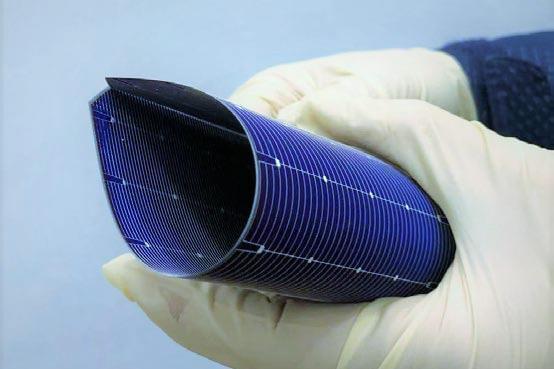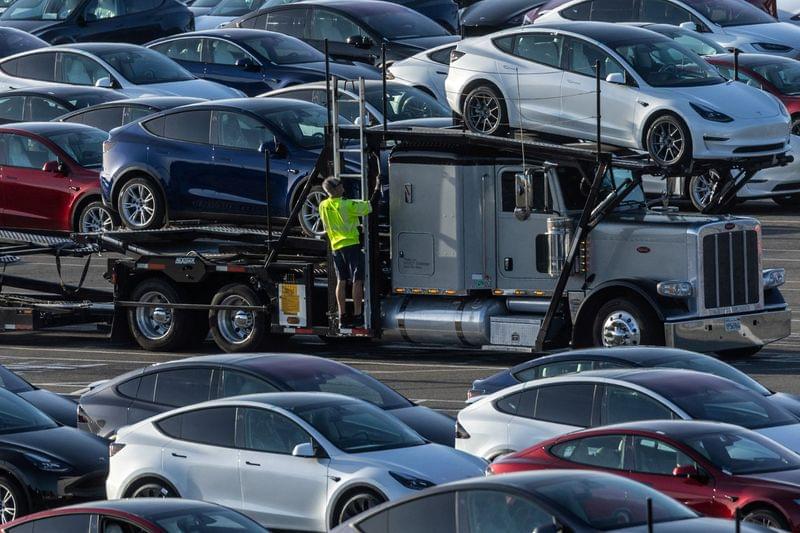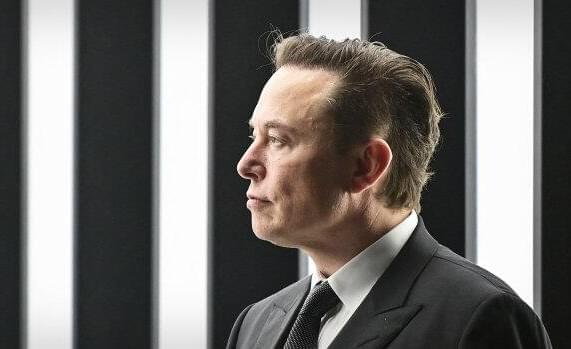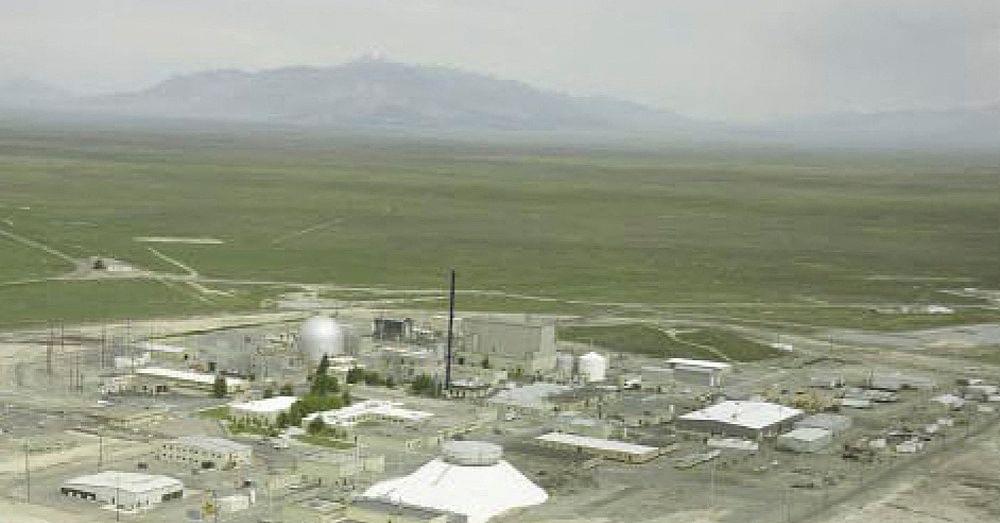Making homes for more than a decade, Joseph Mathew accumulated a host of ideas but most important of all, he wanted his house to be sustainable. Here are some pictures of his dream house.



The flexible silicon solar cell could find use in places where more expensive solar cells might have been favoured.
A new technique for producing silicon solar cells that are more than 24% efficient and yet can be rolled up like a sheet of paper has been demonstrated. The work could allow solar cells to be used in applications that currently use more expensive thin-film alternatives.

SAN FRANCISCO (Reuters) — Tesla Inc has doubled discounts on some already made new Model 3 electric cars and offered discounts on the Model Y and others in its U.S. inventory to entice buyers amid economic uncertainty, rising competition and the upcoming redesign of its mainstay model.
In California, a Model 3 variant in inventory was priced at $42,060, a discount of $2,680 to the price of newly ordered cars, according to its website. That is double the $1,300 discount on Model 3 cars offered less than two weeks ago.


The moment is badly chosen, but with Elon Musk the unexpected is the rule.
The serial entrepreneur arrived in China on May 30, according to Reuters, whose journalists spotted his private jet at Beijing airport. This surprise visit by the CEO of electric vehicle producer Tesla, founder of SpaceX and owner of Twitter, comes at a time of renewed tensions between China and the U.S., which raise fears of a potential confrontation between the two leading world powers.
Musk and his empire symbolize, according to experts, the intricacy of the two largest world economies, which are interdependent. The U.S. and China are Tesla’s two biggest markets and the regions where the world leader in electric vehicles manufactures the vast majority of its cars.
A pair of food tech startups have teamed up to create what they say are the world’s first lab-grown fish filets — and they used a 3D printer to serve them.
The challenge: Demand for seafood is expected to nearly double by 2050 due to a growing population and increasing incomes, but overfishing, climate change, ocean pollution, and other factors pressure the seafood industry’s ability to satisfy the world’s hunger for fish.
Even if industry can source all the seafood we need from the ocean and fish farms, current fishing practices can harm the environment, via greenhouse gasses and marine ecosystem destruction, problems only likely to increase as the industry grows.
Get Early Access and Discount Codes to The Tesla Space & Space Race merch store by signing up here: https://shop.theteslaspace.comLast video: New 2023 Tesla Model Y Update Is Here!
https://youtu.be/aZCDY8TmvOk► Patreon: https://www.patreon.com/theteslaspace.
► Join Our Discord Server: https://discord.gg/zfMNSnuRQN
► Subscribe to our other channel, The Space Race: https://www.youtube.com/channel/UCeMcDx6-rOq_RlKSPehk2tQ
► Subscribe to The Tesla Space newsletter: https://www.theteslaspace.comSubscribe: https://www.youtube.com/channel/UCJjAIBWeY022ZNj_Cp_6wAw?sub…n=1Welcome to the Tesla Space, where we share the latest news, rumors, and insights into all things Tesla, Space X, Elon Musk, and the future! We’ll be showing you all of the new details around the Tesla Model 3 2023, Tesla Model Y 2023, along with the Tesla Cybertruck when it finally arrives, it’s already ordered!Instagram: https://www.instagram.com/TheTeslaSpace.
Twitter: https://twitter.com/TheTeslaSpaceBusiness Email: [email protected]#Tesla #TheTeslaSpace #Elon

WASHINGTON, May 30 (Reuters) — Former U.S. State Department and nuclear regulatory officials on Tuesday urged the U.S. Energy Department to reconsider a plan to use bomb-grade uranium in a nuclear power experiment, saying that its use could encourage such tests in other countries.
The Energy Department and two companies aim to share costs on the Molten Chloride Reactor Experiment (MCRE) at the Idaho National Laboratory and use more than 1,322 pounds (600 kg) of fuel containing 93% enriched uranium.
Bill Gates-backed company TerraPower LLC, the utility Southern Co (SO.N) and the department hope the six-month experiment will lead to breakthroughs in reactors that could help reduce pollution linked to climate change.
Their aim is to develop a car that can go months without needing to be plugged in, massively boosting the sustainability of the vehicle and the freedom of its owner.
